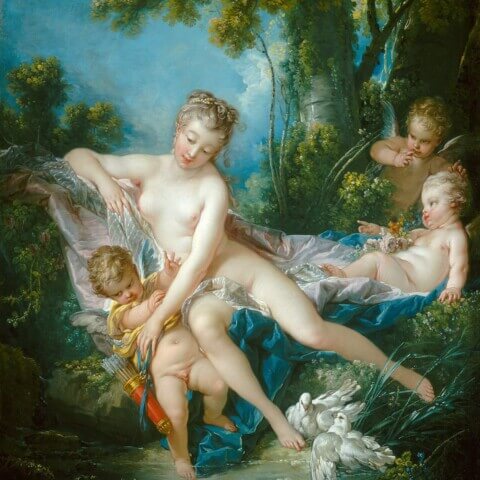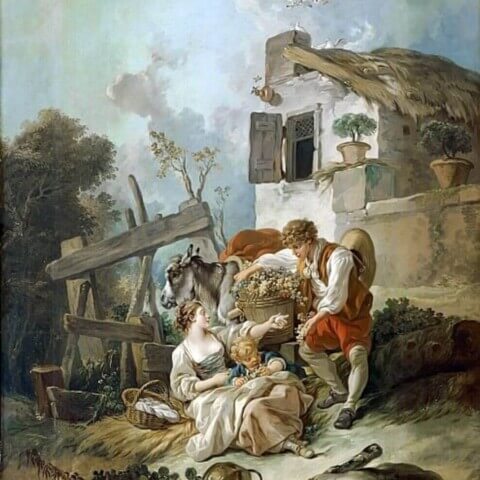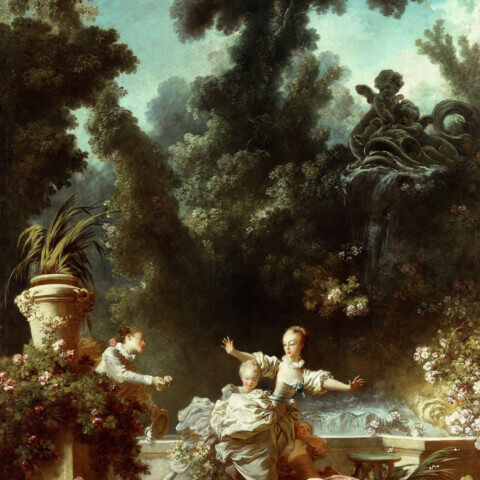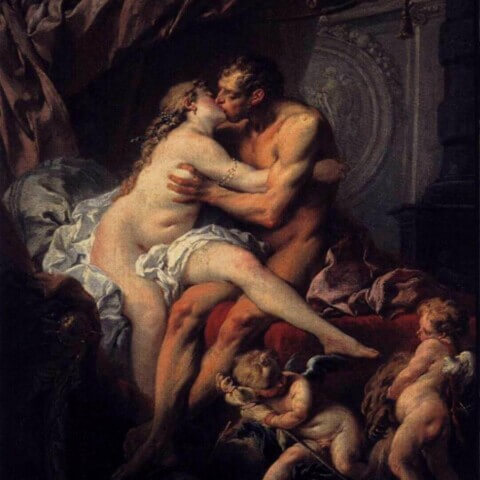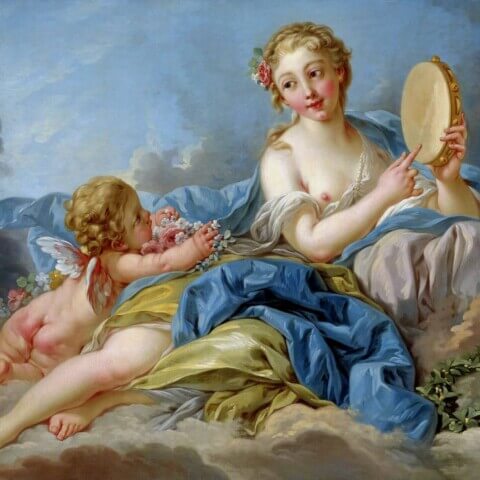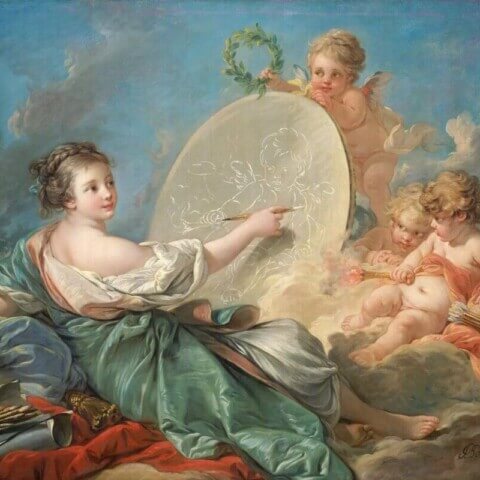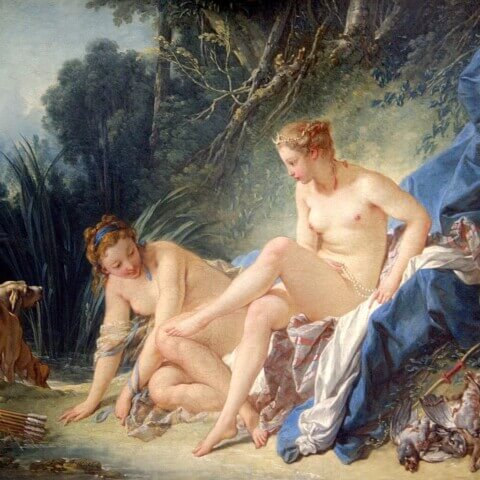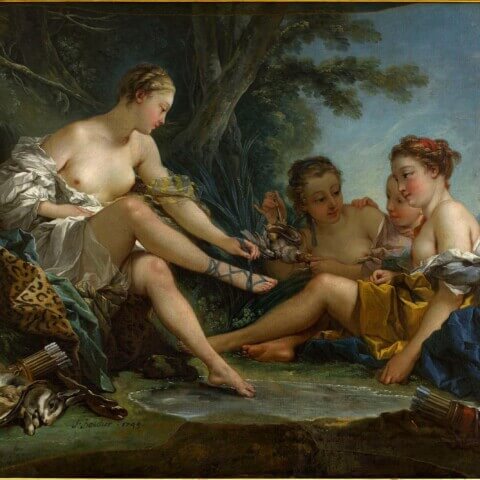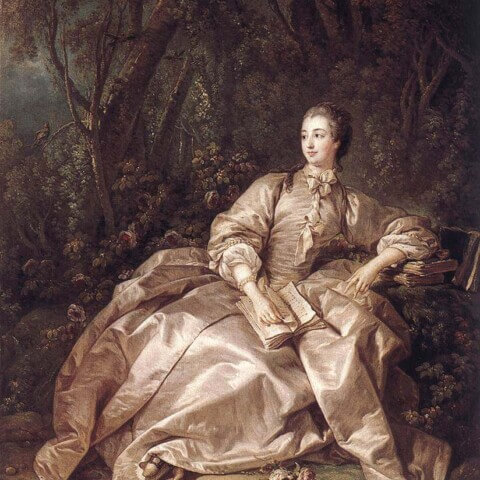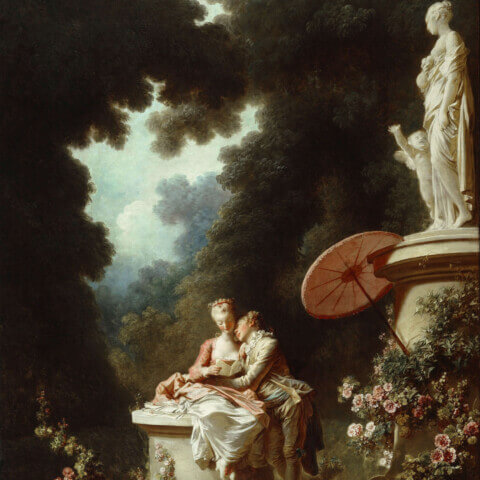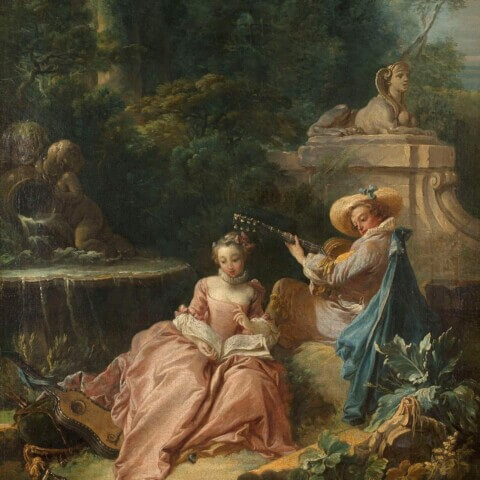Francois Boucher
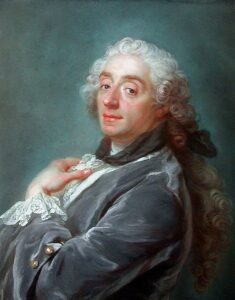
Title: François Boucher: A Tale of Rococo Splendor
Introduction:
François Boucher, a renowned painter of the Rococo era, left an indelible mark on the art world through his mastery of delicate brushwork, evocative subject matter, and sumptuous compositions. Born on September 29, 1703, in Paris, France, Boucher’s artistic journey was one of talent, opportunity, and triumph. From his humble beginnings as an apprentice to his elevation as the favorite painter of King Louis XV, this biography explores the life, works, and lasting influence of François Boucher.
Early Life and Apprenticeship:
François Boucher’s artistic inclination manifested early on, and his family recognized his talent. At the age of 17, he entered the studio of François Lemoyne, a prominent history painter in Paris. Under Lemoyne’s tutelage, Boucher honed his technical skills and developed a deep appreciation for the grandeur of historical and mythological themes that would later characterize his work.
Emergence as an Artist:
After completing his apprenticeship, Boucher gained recognition for his skillful renderings and an innate ability to capture the subtleties of the human form. His versatility allowed him to excel in various artistic genres, including portraiture, landscapes, and genre scenes. Boucher’s growing reputation attracted the attention of influential art patrons, leading to an appointment as a painter to the king.
Royal Favor and the Rise of the Rococo:
King Louis XV’s admiration for François Boucher marked a turning point in the artist’s career. Boucher’s elegant and sensual style perfectly aligned with the tastes of the royal court, which was embracing a new artistic movement known as Rococo. This aesthetic celebrated frivolity, grace, and ornamentation, and Boucher’s artistic vision embodied these principles with remarkable finesse.
Court Painter and Decorative Art:
As the official court painter, Boucher’s influence extended beyond canvas and into the realm of decorative art. His designs adorned the walls of royal palaces, including the famous château de Versailles, with their dreamlike scenes and enchanting landscapes. Boucher’s distinctive aesthetic became synonymous with the opulence and decadence of the French court during this period.
Themes and Techniques:
François Boucher’s art was characterized by a preference for lighter subjects and a departure from the classical ideals that dominated the previous era. His paintings often depicted mythological scenes, pastoral landscapes, and sensuous allegories of love and beauty. Boucher employed a delicate and fluid brushwork style, emphasizing graceful contours and ethereal color palettes. His use of light and shadow created an atmosphere of enchantment, captivating viewers and immersing them in a world of whimsy and indulgence.
Legacy and Lasting Influence:
Despite the eventual decline of the Rococo movement, François Boucher’s impact on the art world endured. His influence extended to later generations of artists, including Jean-Honoré Fragonard and Thomas Gainsborough, who incorporated elements of Boucher’s style into their own works. Boucher’s contributions to the decorative arts, including tapestry designs and porcelain painting, also left an indelible mark on the history of design.
Conclusion:
François Boucher’s artistic legacy remains a testament to the allure and opulence of the Rococo era. His ability to capture fleeting beauty and create a fantastical world of elegance and pleasure continues to captivate audiences centuries later. Through his exceptional talent and royal patronage, Boucher forever cemented his place in art history as one of the most celebrated painters of the 18th century, leaving behind a rich and enchanting body of work for generations to admire and appreciate.

